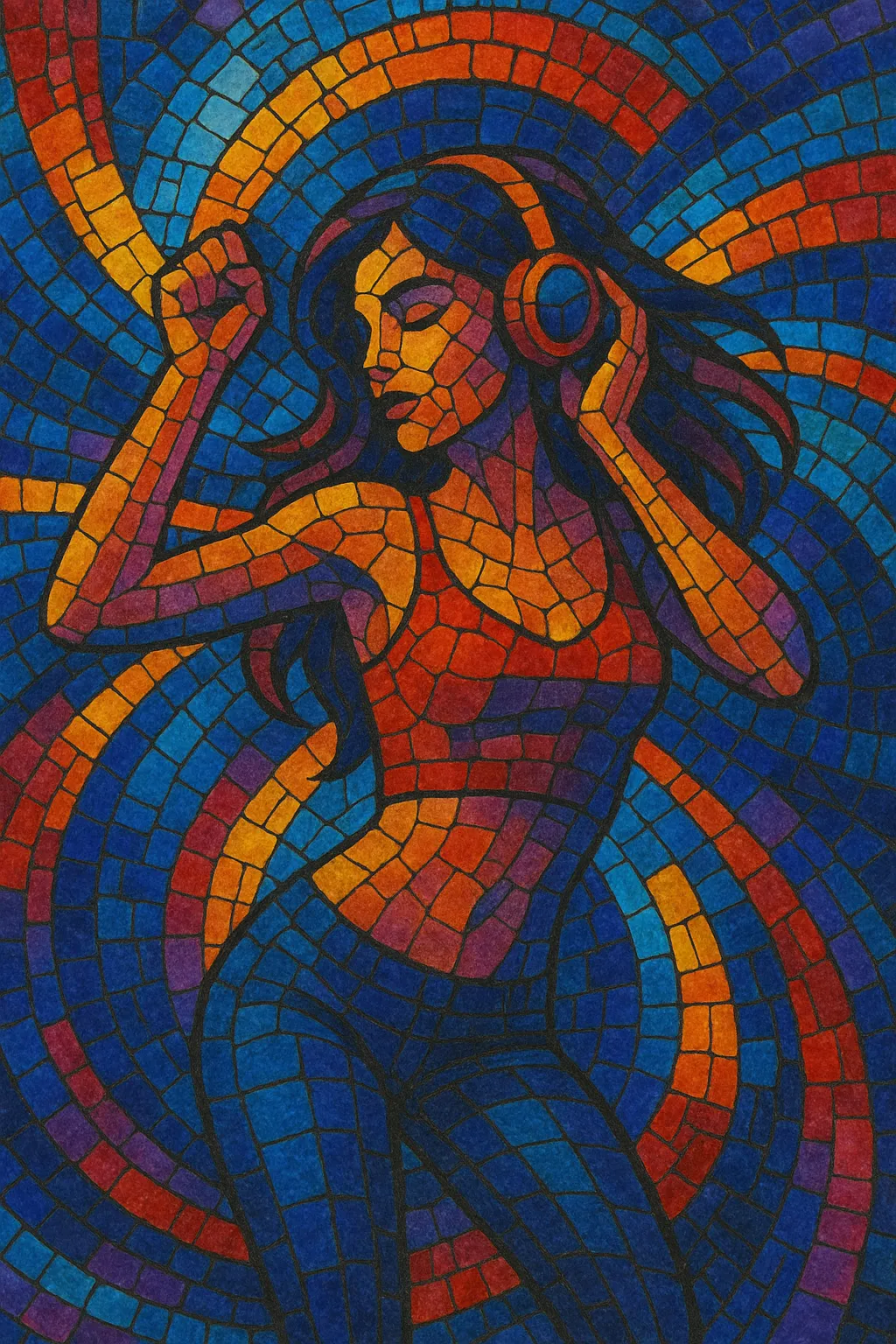Eurodance is a high-energy, club-oriented pop style that emerged in Europe in the early 1990s. It is characterized by a strong four-on-the-floor kick, catchy synth hooks, prominent piano riffs, and a blend of sung choruses (often female) with rap verses (often male).
The style typically runs between 128–145 BPM, favors simple, anthemic chord progressions, and emphasizes uplifting, motivational, or romantic lyrics delivered in English for international appeal. Production commonly features staccato house pianos, bright saw-lead melodies, choir/strings pads, and tight drum-machine patterns with offbeat open hi-hats. The result is hook-driven dance-pop designed for maximum radio and dancefloor impact.
Eurodance crystallized in continental Europe—especially in Germany, Belgium, the Netherlands, and Italy—at the turn of the 1990s. Producers fused Italo-disco and Hi-NRG’s melodic immediacy with house and techno’s club power, and borrowed the verse/chorus balance and hooks from dance-pop and synth-pop. Belgium’s New Beat scene and early Euro house provided the dark, punchy, machine-funk bedrock, while hip hop contributed the speak-rap verses that became a signature.
The genre exploded internationally with acts like 2 Unlimited, Snap!, Culture Beat, Technotronic, and Haddaway. Records paired driving 4/4 kicks, staccato M1-style pianos, and bold synth leads with instantly memorable choruses. Many productions used a male rapper for verses and a female singer for the hook, a template heard on Culture Beat’s “Mr. Vain,” Snap!’s “Rhythm Is a Dancer,” and La Bouche’s “Be My Lover.” German studios and labels were particularly prolific, and Eurodance dominated European charts while crossing over worldwide.
As trance and Euro-trance rose, some Eurodance acts adopted smoother pads, bigger supersaw leads, and more atmospheric breakdowns, blurring lines between genres. Projects like Corona, Captain Hollywood Project, Real McCoy, and DJ BoBo adapted toward sleeker, more trance-influenced club pop, while Italy and the Benelux countries continued to feed the singles market with vocal-led anthems.
While the classic formula receded from mainstream charts in the early 2000s, it lived on in related styles such as Hands Up and vocal/Euro-trance. A nostalgia wave in the 2010s–2020s—fueled by compilations, reunions, meme culture, and nightcore edits—reintroduced Eurodance’s euphoric choruses and bright synth hooks to new audiences. Contemporary pop and EDM regularly recycle its tempos, piano riffs, and feel-good, chantable hooks, confirming Eurodance as a lasting blueprint for hook-forward dance-pop.


